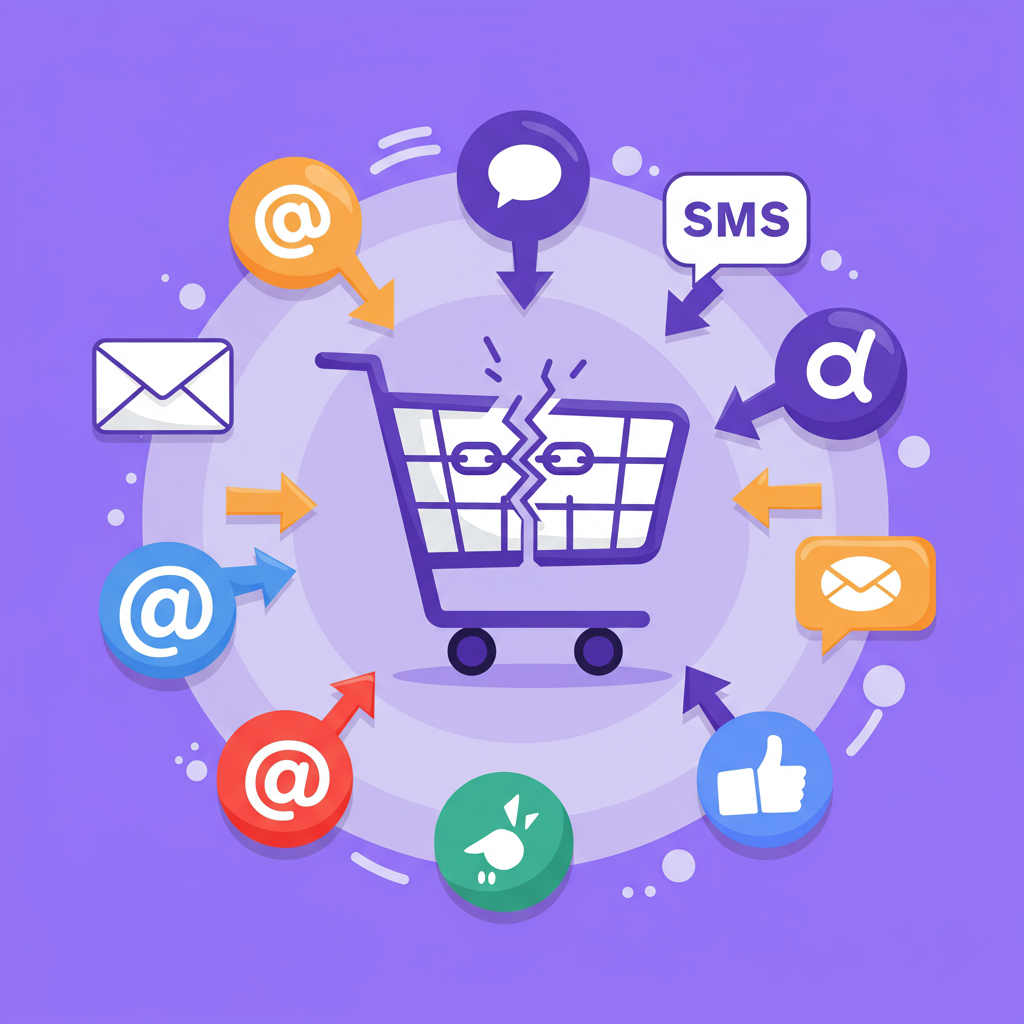Unlock lost revenue and convert more browsers into buyers with these essential tips for your Shopify store.
As a Shopify merchant, I know the thrill of a new order coming in, the satisfaction of seeing a customer complete their purchase.
But I also intimately understand the sting of an abandoned cart. It’s a universal challenge in e-commerce, a moment of near-success that slips away.
Think of it: a customer browses your beautiful products, adds items to their cart, proceeds to checkout, and then… poof! They vanish.
This isn’t just a lost sale; it’s a lost opportunity, a signal that something in their journey wasn’t quite right, or perhaps they just got distracted.
Today, I want to share my insights and the strategies I’ve personally found most effective in recovering those seemingly lost sales for my Shopify store.
First, let’s understand *why* carts are abandoned. It’s crucial to diagnose the problem before prescribing a solution.
High shipping costs are a huge culprit. Customers often don’t see the full shipping price until checkout, leading to sticker shock.
Unexpected taxes or additional fees also surprise customers, making the final price higher than anticipated.
A complicated, lengthy, or non-mobile-friendly checkout process is another major turn-off. Every extra step or confusing field increases abandonment rates.
Security concerns, a lack of trust in the website, or the absence of preferred payment methods can deter buyers at the last minute.
Sometimes, customers are just browsing, comparing prices, or saving items for later, with no immediate intention to buy.
Now, let’s dive into the actionable recovery strategies that I’ve implemented and seen great success with.
The cornerstone of any abandoned cart recovery plan is the email sequence. It’s still one of the most effective methods.
I recommend a series of 2-3 emails, timed strategically. The goal is to gently remind, offer value, and create a sense of urgency.
The first email, sent within an hour of abandonment, should be a gentle reminder. Keep it simple: ‘Did you forget something?’ with a direct link back to their cart.
The second email, sent 24 hours later, might offer a small incentive, like free shipping on their order or a modest discount.
The third email, sent 48-72 hours later, could create urgency (‘Your cart expires soon!’) or highlight the benefits of the product they left behind.
Personalization is key here; always include the customer’s name and the specific items they left in their cart. Make it easy for them to complete the purchase.
Beyond email, SMS recovery is incredibly effective due to its high open rates. Most people check text messages almost instantly.
A concise text message with a direct link back to their cart can work wonders. Just be mindful of SMS marketing regulations in your region.
Web push notifications are another powerful, non-intrusive method. These pop up directly on the user’s browser, even if they’ve left your site.
They’re great for a quick reminder and can be highly effective if the user has opted in.
Retargeting ads on social media platforms (like Facebook and Instagram) or Google can remind customers of their interest.
Show them the exact products they viewed or added to their cart, keeping your brand top-of-mind as they browse other sites.
Consider implementing exit-intent pop-ups on your site. These appear when a user is about to leave, offering a last-minute incentive or a reminder.
A small discount or a free shipping offer presented at this critical moment can often convert an abandoning visitor into a buyer.
Live chat integration can also save sales. Proactive chat messages during the checkout process can address customer concerns in real-time.
If a customer hesitates, a quick ‘Can I help you with anything?’ can make all the difference.
Offering incentives like discounts or free shipping is a classic for a reason. They work. But use them wisely; don’t train customers to always expect a discount.
Sometimes, a simple ‘free shipping on orders over X’ can be enough to push them over the edge.
Optimizing your checkout process is preventative medicine. Ensure it’s fast, mobile-friendly, and requires minimal steps.
Offer multiple trusted payment options, including popular ones like Shop Pay, PayPal, Apple Pay, and Google Pay.
Building trust is paramount. Display security badges, clear return policies, and customer service contact information prominently.
Show customer reviews and testimonials near product pages and even during the checkout flow to build confidence.
Shopify’s app store offers numerous tools to automate these processes, making your life much easier.
Apps like Klaviyo, Omnisend, or PushOwl integrate seamlessly with Shopify and provide robust features for email, SMS, and push notification campaigns.
Finally, measure your success. Track your abandoned cart recovery rates and A/B test your messages, incentives, and timing.
Understand what resonates best with your audience and continuously refine your approach based on data.
Abandoned cart recovery isn’t just about getting a sale back; it’s about understanding your customers better and refining your entire shopping experience.
By implementing these strategies, I’m confident you’ll see a significant uplift in your conversion rates and overall revenue.
It’s an ongoing process of optimization and learning, but the rewards are well worth the effort.
What do you think about these strategies? I’d love to hear your thoughts and experiences with abandoned cart recovery on your Shopify store.
Let’s turn those abandoned carts into completed orders and grow our businesses together!






